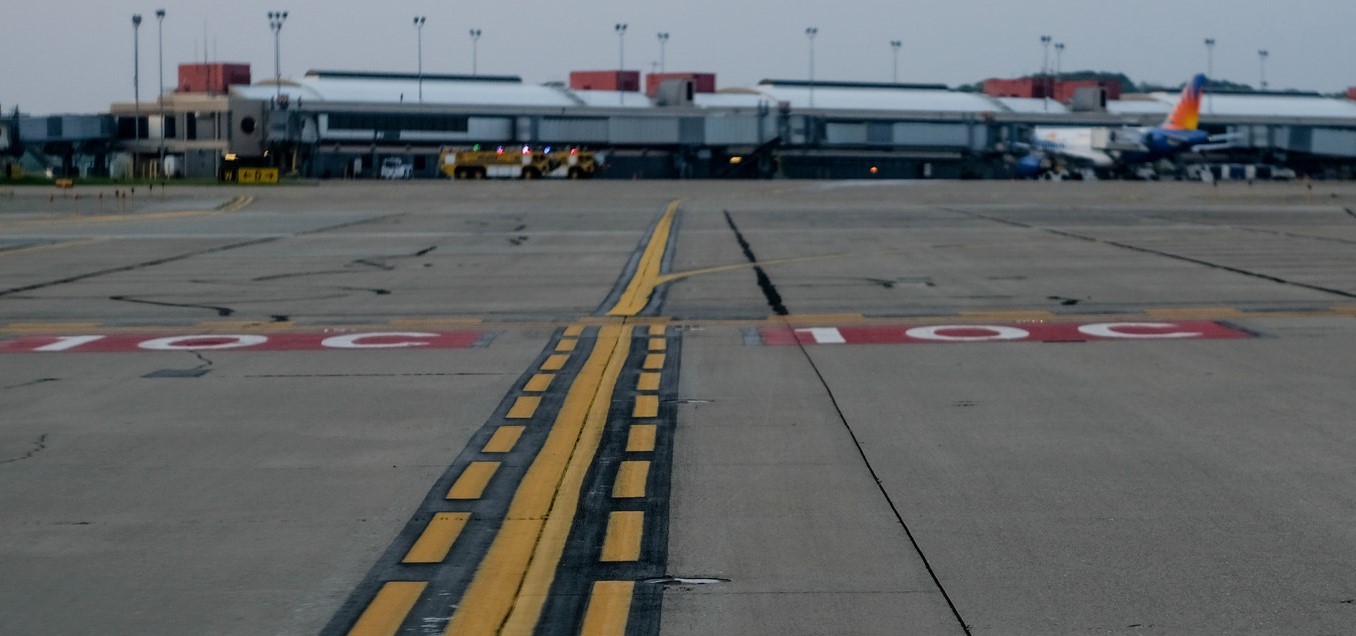PIT Passes Inspection with, Well, Flying Colors
Annual federal inspection checks all commercial airports for everything from runway markings to fire trucks
By Natalie Fiorilli
Published November 19, 2018
Read Time: 3 mins
While changing light bulbs and choosing paint colors may not be critical to your safety at home, they could be a matter of life or death at an airport.
Take Comair Flight 5191, for example — a fatal plane crash in 2006 caused by an attempted takeoff from the wrong runway at Blue Grass Airport in Lexington, Kentucky.
That incident led the Federal Aviation Administration to revise its operating standards for commercial flights, including enhanced taxiway centerline markings and surface painted holding position signs at all runway entrances.
In a speech presented at an air safety forum in Washington, D.C., this summer, FAA Acting Administrator Daniel K. Elwell stated that when an incident occurs, it doesn’t just happen to one airline.
“It happens to all of us,” said Elwell. “It shakes the public’s confidence in the entire industry. So we all know safety isn’t just good for business — it’s our only business.”
To ensure airports are following commercial operating standards, the FAA conducts an annual “Part 139 inspection” of lighting, markings and signage, among other items for all Part 139 airports, including Pittsburgh International, which completed its annual inspection on Nov. 9.
What is a Part 139 airport?
There are more than 500 Part 139 airports in the United States, a designation that refers to all commercial airports.
Why 139? It’s a Federal Aviation Regulation listed in the U.S. Code of Federal Regulations under Title 14, Part 139 that requires all commercial airports to have an airport operating certificate. And through enforcing Part 139, the FAA is able to ensure uniformity and consistency and enhance operational safety.
This year, PIT earned high marks on its annual inspection, according to April Gasparri, senior vice president of public safety, operations, and maintenance for the Allegheny County Airport Authority.
“Given how big our airfield and lighting systems are, our FAA inspector was super-impressed with our self-inspection program and maintenance compliance routines,” said Gasparri. “Inspectors are checking every detail of 19 areas related to airfield safety and certification.”
Gasparri added that the airport operations team, which is responsible for ensuring a safe and efficient airport environment, treats the annual inspection with the same acute level of diligence and proficiency as it does on daily airfield inspections and in close coordination with fire and maintenance inspections.
“Over the past few years, our operations team has worked to instill a Part 139 mindset for everyone throughout the year,” she said
For PIT, the inspection is a four-day process with an FAA representative checking points that include airport files and paperwork, the airport’s movement area, the aircraft rescue and firefighting department, and the airport’s fueling facilities. Inspection points are very detailed, with inspectors checking runway and taxiway lights and sometimes even testing the luminosity of paint markings on the airfield.
Afterward, the inspector conducts a briefing with airport management on any findings and typically issues a Letter of Correction that outlines any violations or discrepancies that need to be fixed. Airports found to be not complying with the regulations can be fined or, in extreme cases, have their operating certificates revoked.
PIT has seen the number of discrepancies reported in Part 139 inspections decrease since 2016, even as the airport has added more flights, airlines and passengers.
“This is a huge accomplishment for the airport,” said ACAA Fire Chief Rick Wilson. “Immediately our public safety, operations and maintenance team was hard at work correcting the action items detailed during this year’s inspection. Airport safety and operational excellence continues to be our top priority.”
Watch
This Next
Read
This Next






